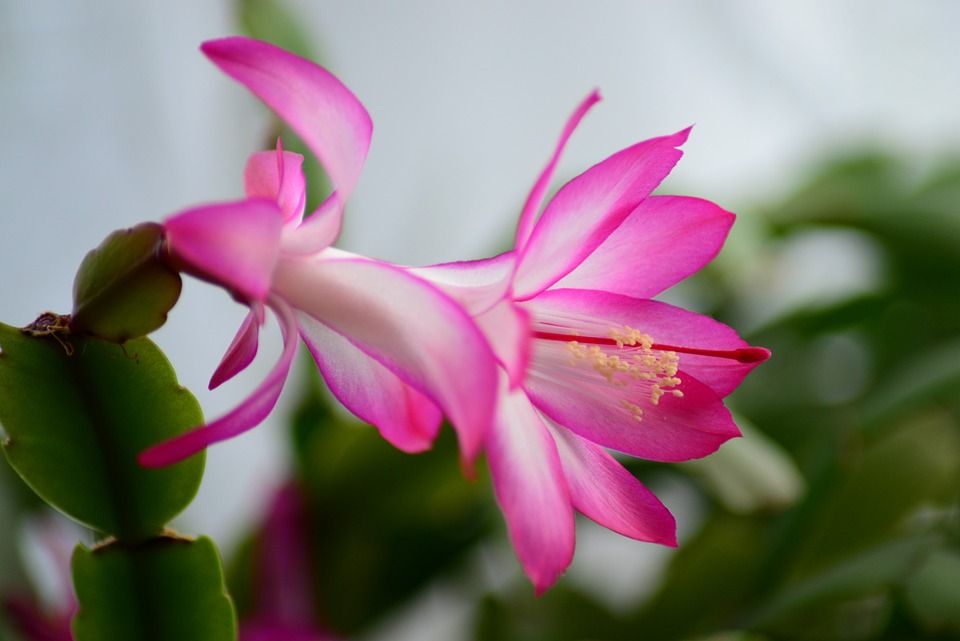Introduction
Indoor herb gardens provide a practical solution for having fresh, flavorful herbs right at your fingertips, no matter the season or space constraints.
Whether you have a spacious kitchen or a tiny apartment, cultivating an indoor herb garden can be an enjoyable and rewarding experience.
In this article, we will delve into the world of indoor herb gardens, providing you with a practical guide to growing your own herbs indoors.
Choosing the Right Herbs
The first step in creating an indoor herb garden is selecting the right herbs to grow.
Some popular choices for indoor gardens include basil, parsley, thyme, rosemary, and mint.
Consider the herbs you frequently use in your cooking and choose those that are suitable for growing indoors.
It is also important to consider the sunlight requirements, as some herbs prefer direct sunlight while others thrive in partial shade.
Container Selection and Placement
When it comes to containers, herb gardens offer a wide range of options.
From traditional terracotta pots to hanging baskets and vertical wall planters, each choice has its own set of advantages.
Ensure that your chosen containers have proper drainage to prevent waterlogging, as excess moisture can harm the herbs.
Consider placing the herb garden near a window where it can receive ample sunlight.
If natural light is limited, fluorescent grow lights can be a great alternative.
Soil and Watering Requirements
The right soil mixture is crucial for the success of your indoor herb garden.
Choose a well-draining potting mix that is rich in organic matter.
Avoid using regular garden soil as it tends to compact and hinder drainage.
When it comes to watering, herbs generally prefer slightly moist soil.
Be careful not to overwater or underwater your plants.
Check the soil moisture regularly and adjust your watering accordingly to maintain optimal conditions for healthy growth.
Caring for Your Indoor Herb Garden
Regular care is essential to ensure your indoor herb garden thrives.
Pruning your herbs regularly not only prevents them from becoming leggy but also encourages new growth.
Harvest your herbs frequently to promote bushier plants, and use a pair of sharp scissors or pruning shears for clean cuts.
Regularly inspect your plants for pests and diseases, and take proactive measures to address any issues promptly.
Culinary Uses and Benefits
The convenience of having fresh herbs at your fingertips opens up a world of culinary possibilities.
Adding freshly picked herbs to your dishes elevates the flavor and aroma, enhancing the overall dining experience.
Experiment with different combinations and create your own signature herb blends.
Moreover, herbs offer various health benefits, from boosting immunity to aiding digestion.
Incorporating them into your meals can promote overall well-being.
FAQs
Q: How much sunlight do indoor herb gardens require?
Herbs generally require 4-6 hours of sunlight per day.
However, some herbs like mint and chives can tolerate partial shade.
If natural light is limited, consider using supplemental grow lights to meet their sunlight needs.
Q: Can I reuse the soil from previous herb gardens?
It is not recommended to reuse soil from previous herb gardens as they might carry diseases or pests.
Start fresh each time by using a high-quality potting mix specifically designed for growing herbs indoors.
Q: How often should I fertilize my indoor herb garden?
Frequent fertilization is not necessary for indoor herb gardens.
Applying a balanced, water-soluble fertilizer once a month during the growing season is generally sufficient to provide the necessary nutrients for healthy growth.
Q: Can I grow multiple herbs in a single container?
While it is possible to grow multiple herbs in a single container, it is generally recommended to provide each herb with its own dedicated space.
This allows for better airflow, reduces the risk of disease spread, and prevents one herb from outgrowing or overshadowing others.
Q: Can I grow herbs hydroponically indoors?
Absolutely! Hydroponics is a popular and efficient method for growing herbs indoors.
It involves growing plants without the use of soil, providing the necessary nutrients directly to the roots through a water-based solution.





